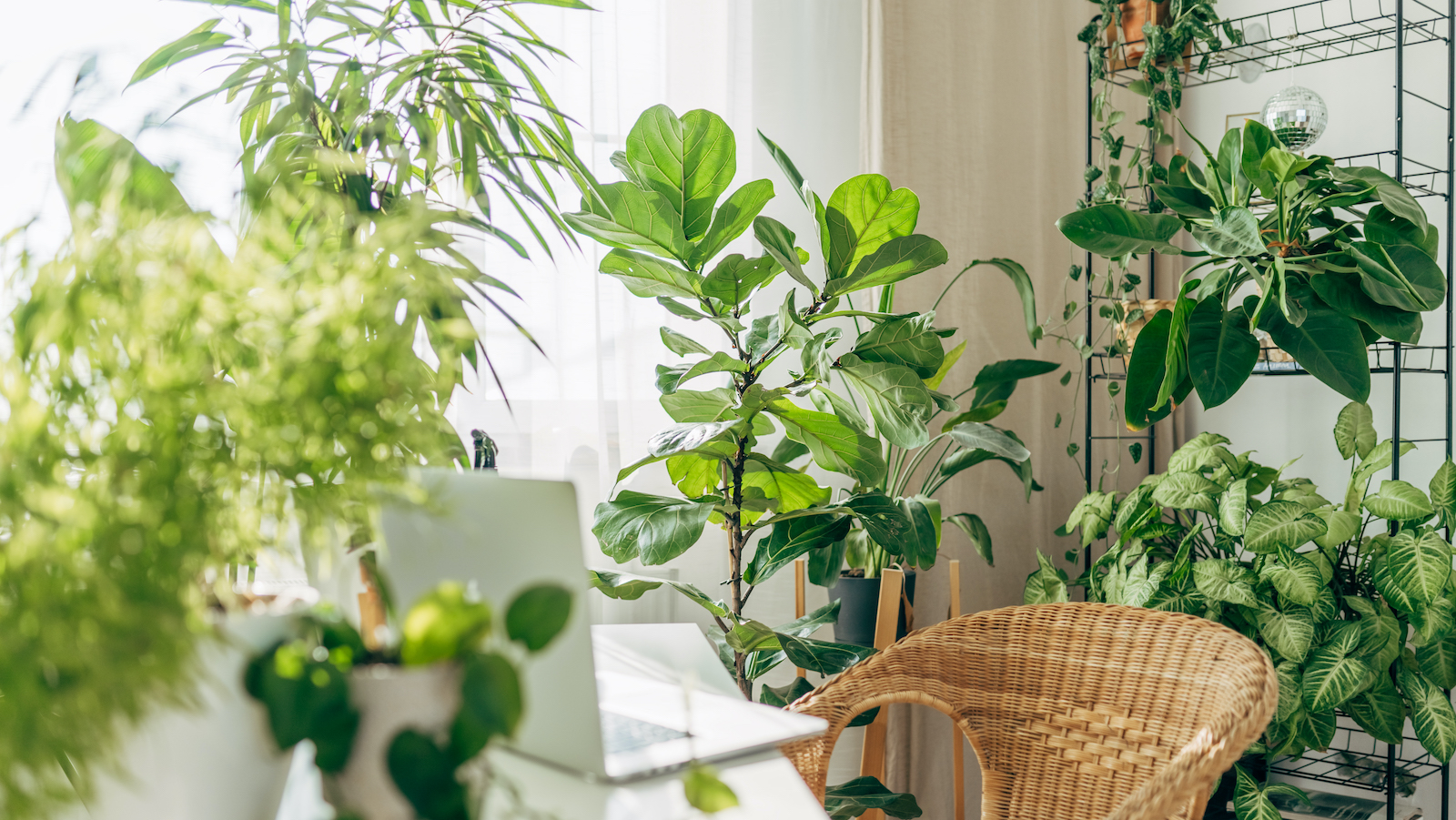

Learn how to pollinate indoor plants to keep your greenery growing and thriving for years to come.
We don't intend to take away jobs from the butterflies and bees, but when our flora collection is nestled in the kitchen or living room, it can be difficult for nature to do its thing. Our plant expert dish the details on pollinating indoor plants in this guide.
If you have a large collection of indoor plants, particularly herbs and veggies, here's what to know about the pollination process.
How to pollinate indoor plants
When gardening in an apartment you'll realize popular selections like the beloved snake plant or the Chinese money plant will not require much from their owners, including pollination.
"Most indoor plants don't require pollination since they're not grown for fruit or seed production," says Seana Monley Rodriguez of Tierra Sol Studio.
Many of our beloved leafy friends are capable of pollinating on their own. However, some indoor plants that produce fruit or orchids can benefit from pollination.
If you're caring for houseplants or indoor goodies such as eggplant, tomatoes, peppers, and cucumbers, learn how to best get the pollination process going.
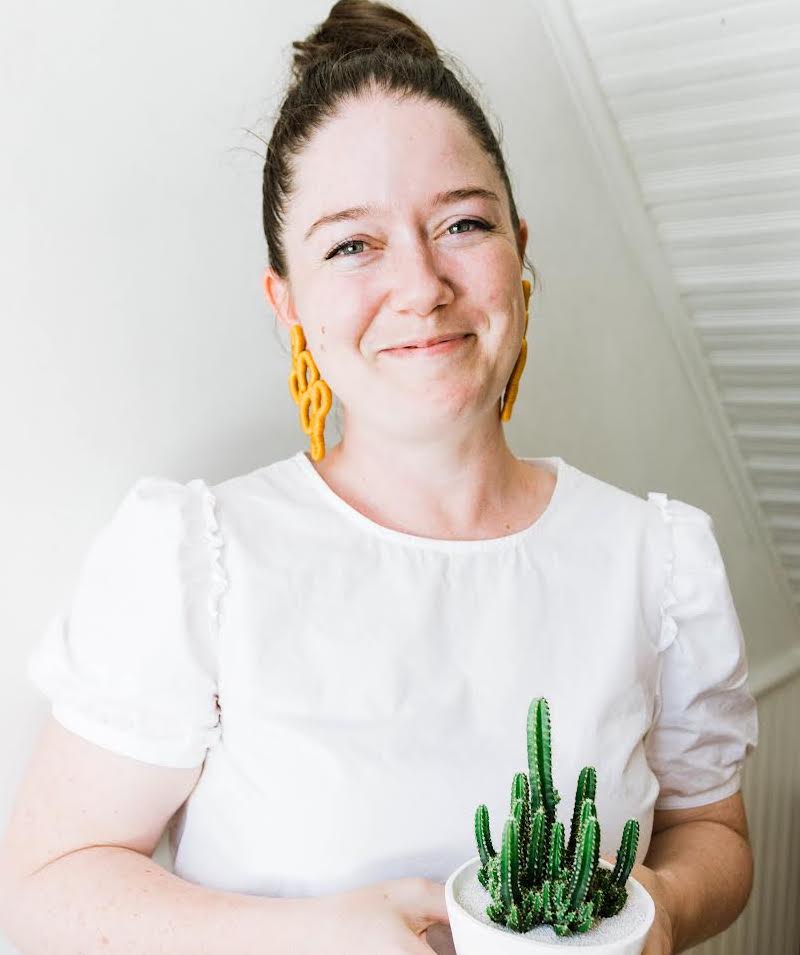
Seana is a plant expert, grower, and co-founder of Tierra Sol Studio, a botanic design company "for plant killers who are plant lovers." The company utilizes years of research and experimentation to take the work out of plant care.
Hand pollination
"The simplest way to pollinate many plants is to shake the foliage gently to distribute the pollen," says Grace Baroun, marketing executive at Soltech. "This works especially well with self-pollinating plants like tomatoes.
"You can also use a fine paintbrush, Q-tip, or even the tip of your finger to transfer pollen from the stamens to the stigma in the flower."
Haovegfloer's 10-pack of pollination brushes on Amazon could be effective, or simply the Grabie Store's paint brush set on Amazon for a light touch.

Grace is the marketing associate at Soltech, which was built on the vision of promoting sustainable indoor farming. The company created the Aspect, the world's first LED grow light that seamlessly blends functionality and design.
When are plants ready to pollinate?
Be on the lookout for signs that your indoor garden is ready to pollinate, and make sure to move your plants in an area that mimics the outside: warm temperatures, humidity, sunlight, and a gentle breeze to help with the process.
"Petals, an open flower, and yellow pollen are good indicators your plant is ready to pollinate other plants," says Jamie Mitri, the founder of Moss Pure.

Jamie is an entrepreneur with degrees in chemical engineering and biology and an eye for design. She founded her company, Moss Pure — which features the world's only live moss air filter and stress relief device that acts as an aesthetically pleasing decor piece.
Some people who are still cultivating their green thumb aren't sure where to begin. Luckily, we have expert-backed tips of houseplant mistakes to avoid that will help you steer clear of gardening disasters, when to fertilize houseplants, and how to repot succulents.
Join our newsletter
Get small space home decor ideas, celeb inspiration, DIY tips and more, straight to your inbox!

Pleasure to meet you! I'm Danielle, a content editor at Real Homes who loves scoping out interior trends. I've specialized in lifestyle writing and editing for 10 years with a focus on events, food, and books, among other areas. When I'm not working, I'm usually cooking, reading, or searching for a new project for my apartment.
-
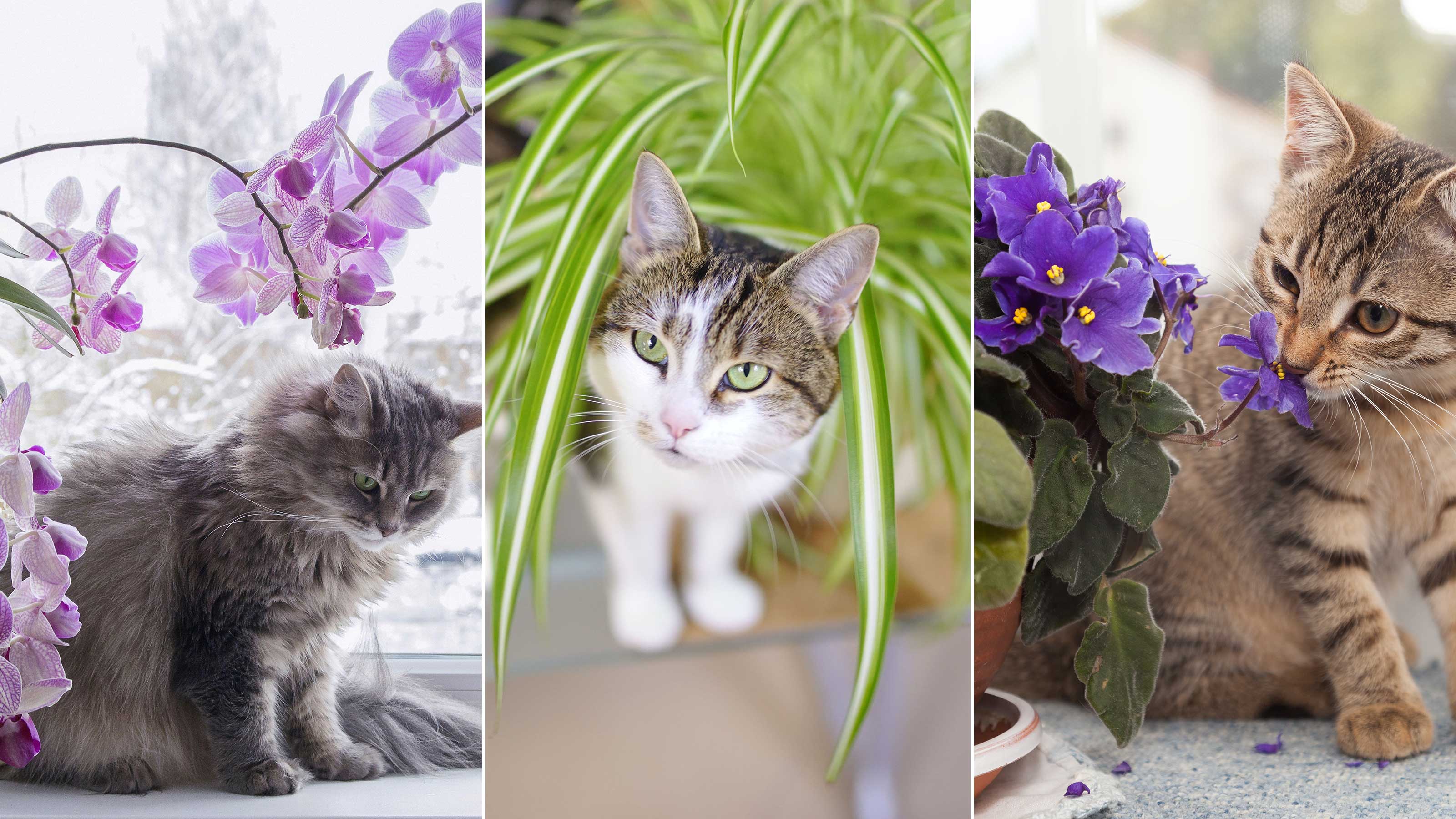 10 houseplants that are not toxic to cats — plus expert advice on keeping your pets safe
10 houseplants that are not toxic to cats — plus expert advice on keeping your pets safeKeep your four-legged companion safe by choosing these houseplants that are not toxic to cats, and learning the dangers of those that are, according to veterinary experts
By Holly Crossley Published
-
 How to make indoor plant leaves shiny, according to green-thumbed experts
How to make indoor plant leaves shiny, according to green-thumbed expertsLearning how to make indoor plant leaves shiny seems trivial, but this is not just about aesthetics. Here's how to clean them properly, and why you need to do it, according to pros
By Danielle Valente Published
-
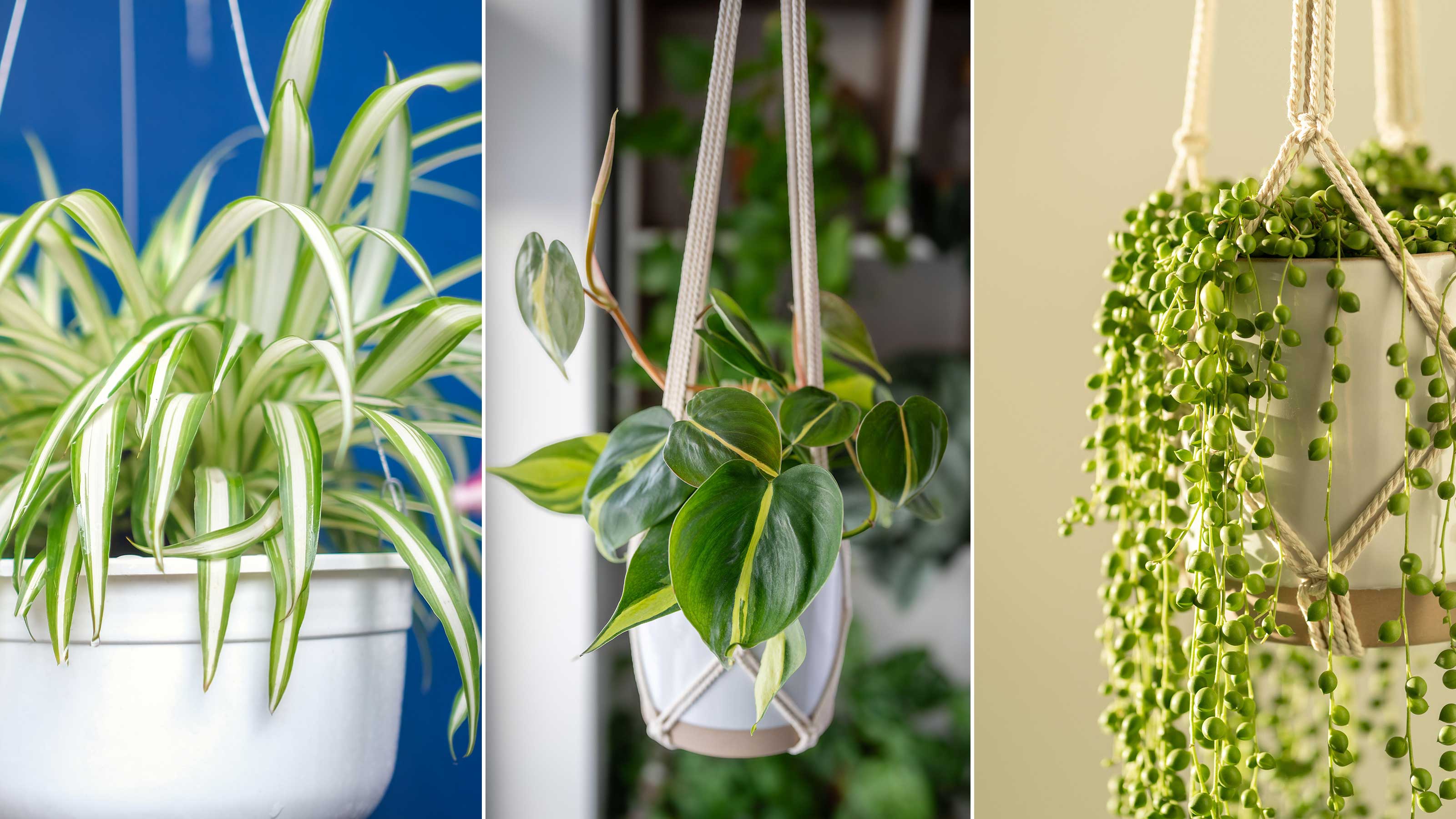 Best hanging basket houseplants — 10 leafy options for maximizing vertical space
Best hanging basket houseplants — 10 leafy options for maximizing vertical spaceDiscover the best hanging basket houseplants for elevating empty spaces in your home, as well as expert tips on how to keep them looking their best
By Holly Crossley Published
-
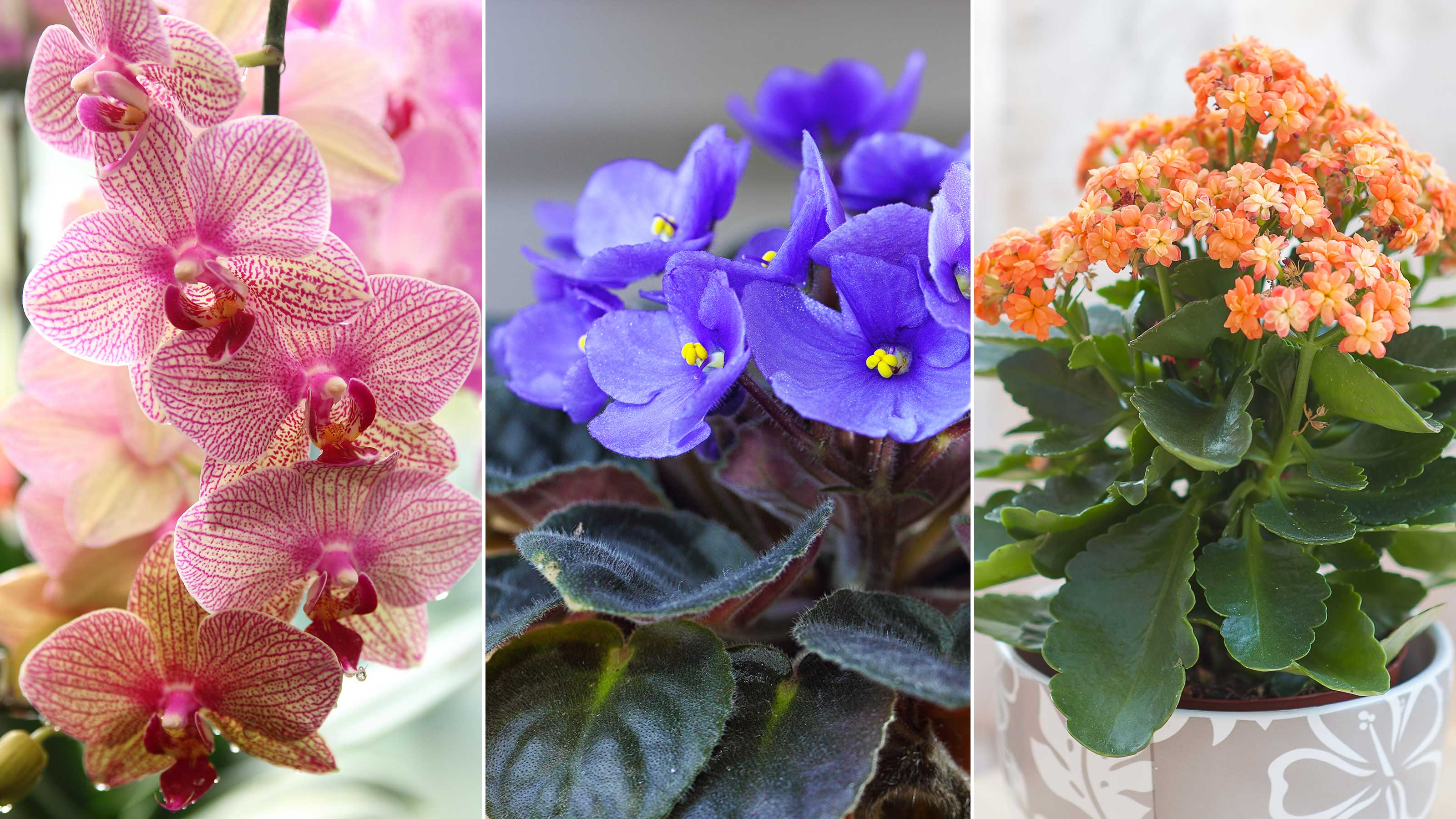 The 10 best indoor flowering houseplants to bring natural beauty to your space — including ones that blooms for months
The 10 best indoor flowering houseplants to bring natural beauty to your space — including ones that blooms for monthsThese are the best indoor flowering houseplants to beautify an interior scheme, plus expert advice on plant maintenance and styling
By Holly Crossley Published
-
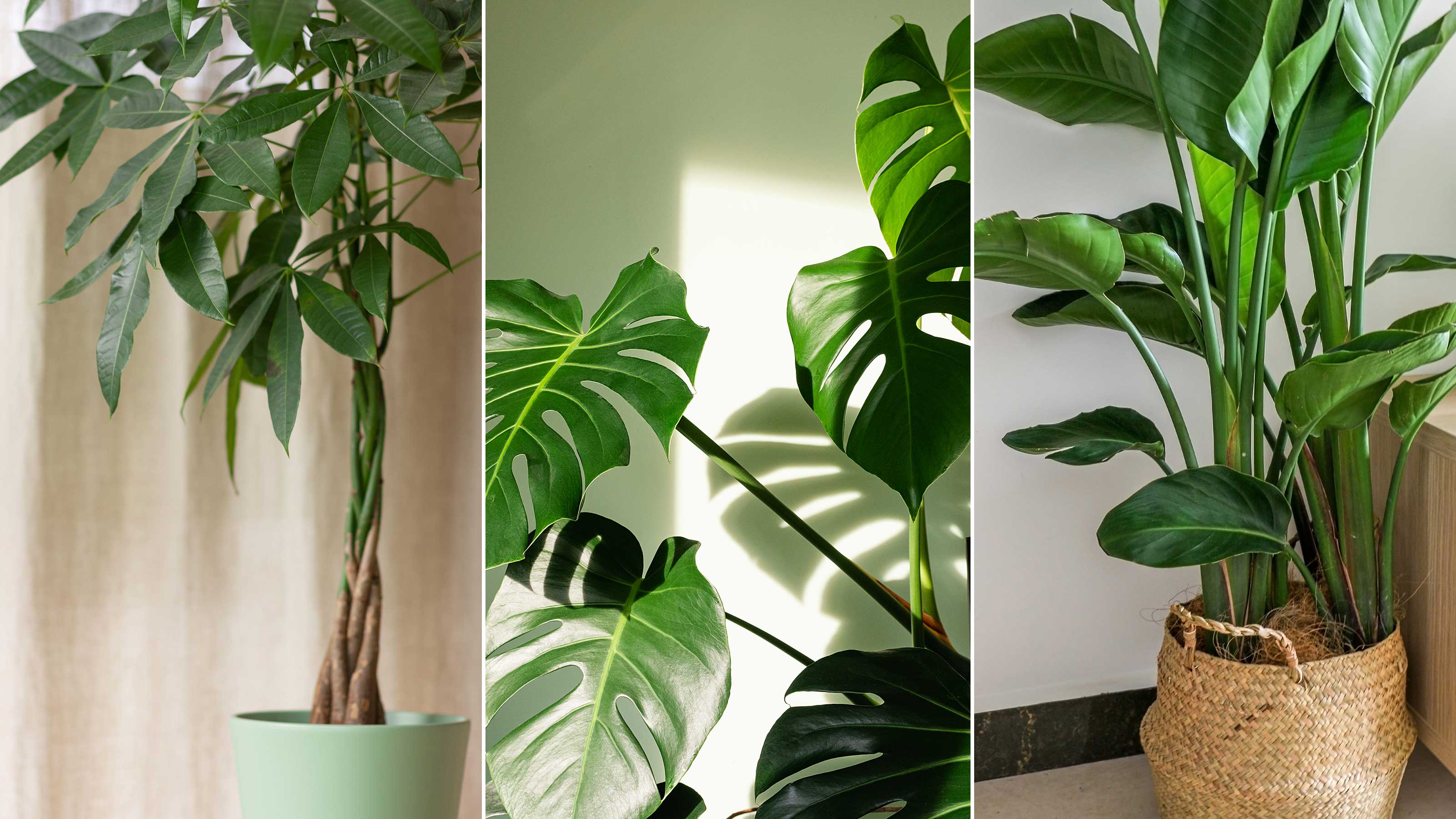 Best tall houseplants — 10 lofty options for indoor spaces
Best tall houseplants — 10 lofty options for indoor spacesThe experts reveal the best tall houseplants for a beautifully botanical interior scheme, plus practical tips on how to care for them
By Holly Crossley Published
-
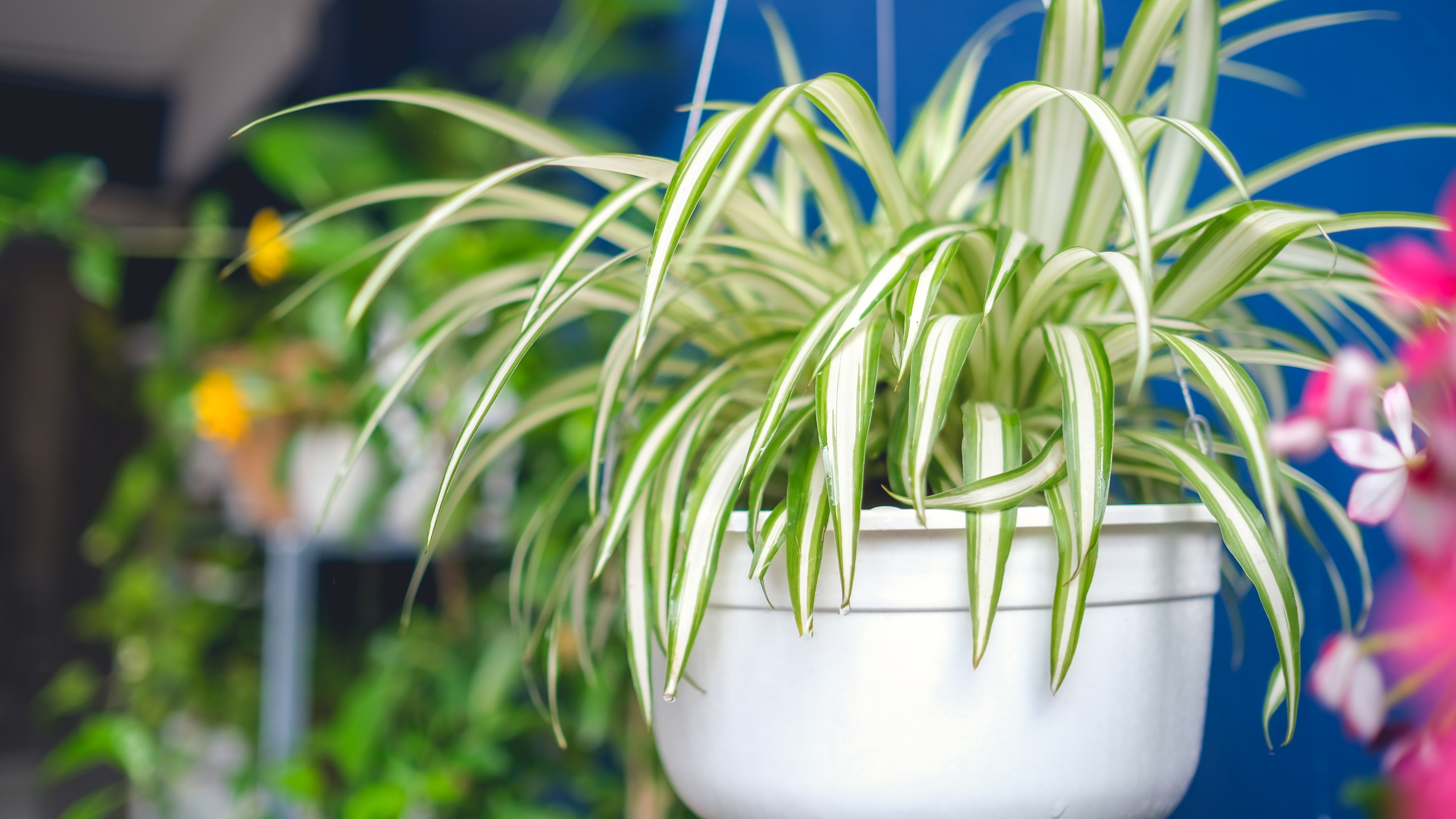 How to repot a spider plant with confidence — tips from the pros
How to repot a spider plant with confidence — tips from the prosRepot a spider plant with confidence with our expert tips and tricks. Give your beloved plant enough room to grow into an impressive display
By Emily Lambe Published
-
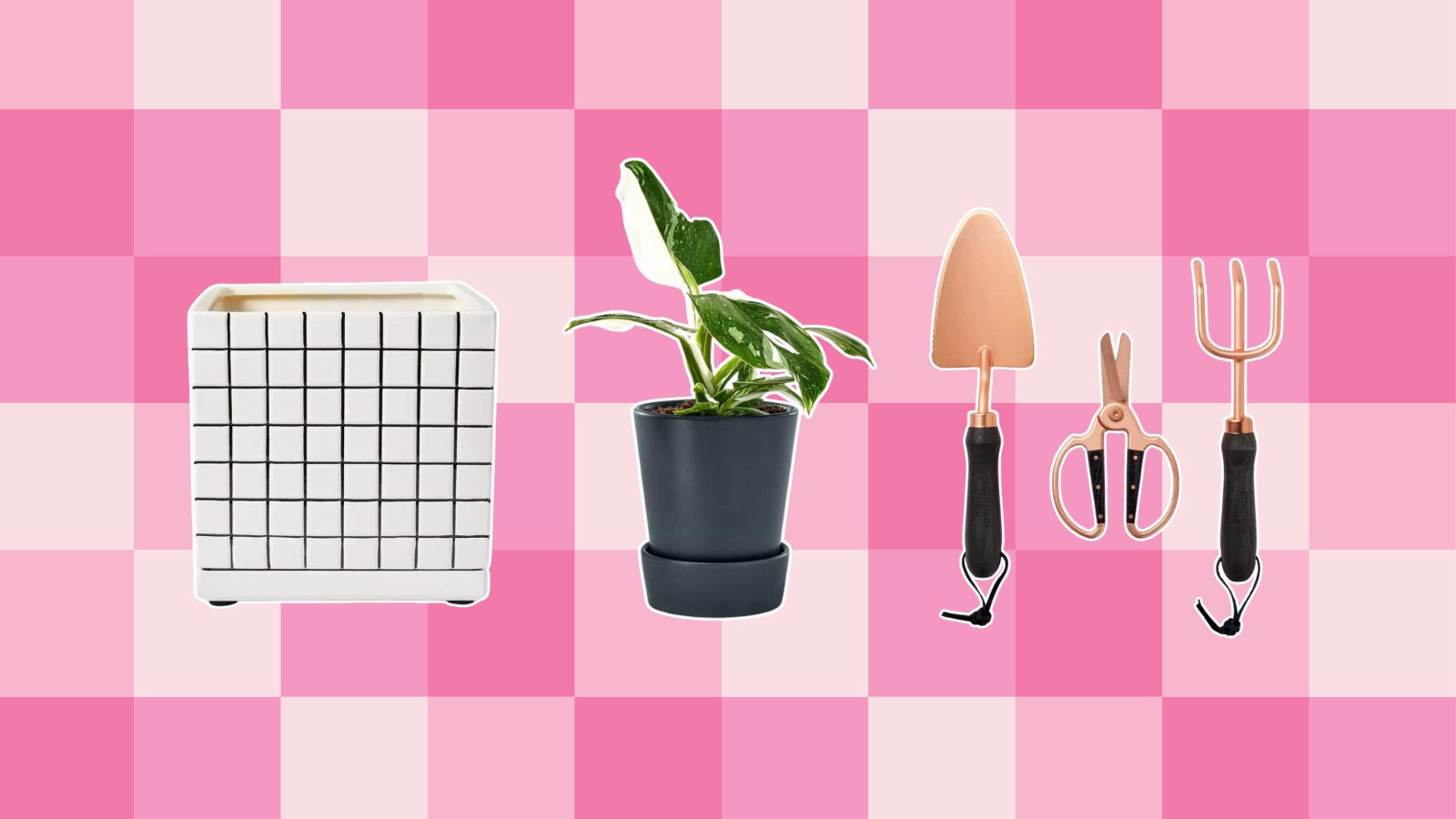 The new Hilton Carter Target line is every plant parent's dream — shop our favorite picks from $20
The new Hilton Carter Target line is every plant parent's dream — shop our favorite picks from $20The new Hilton Carter Target line is here and complete with live plants, cute decor, and handy tools. Shop our favorite picks from $20
By Danielle Valente Published
-
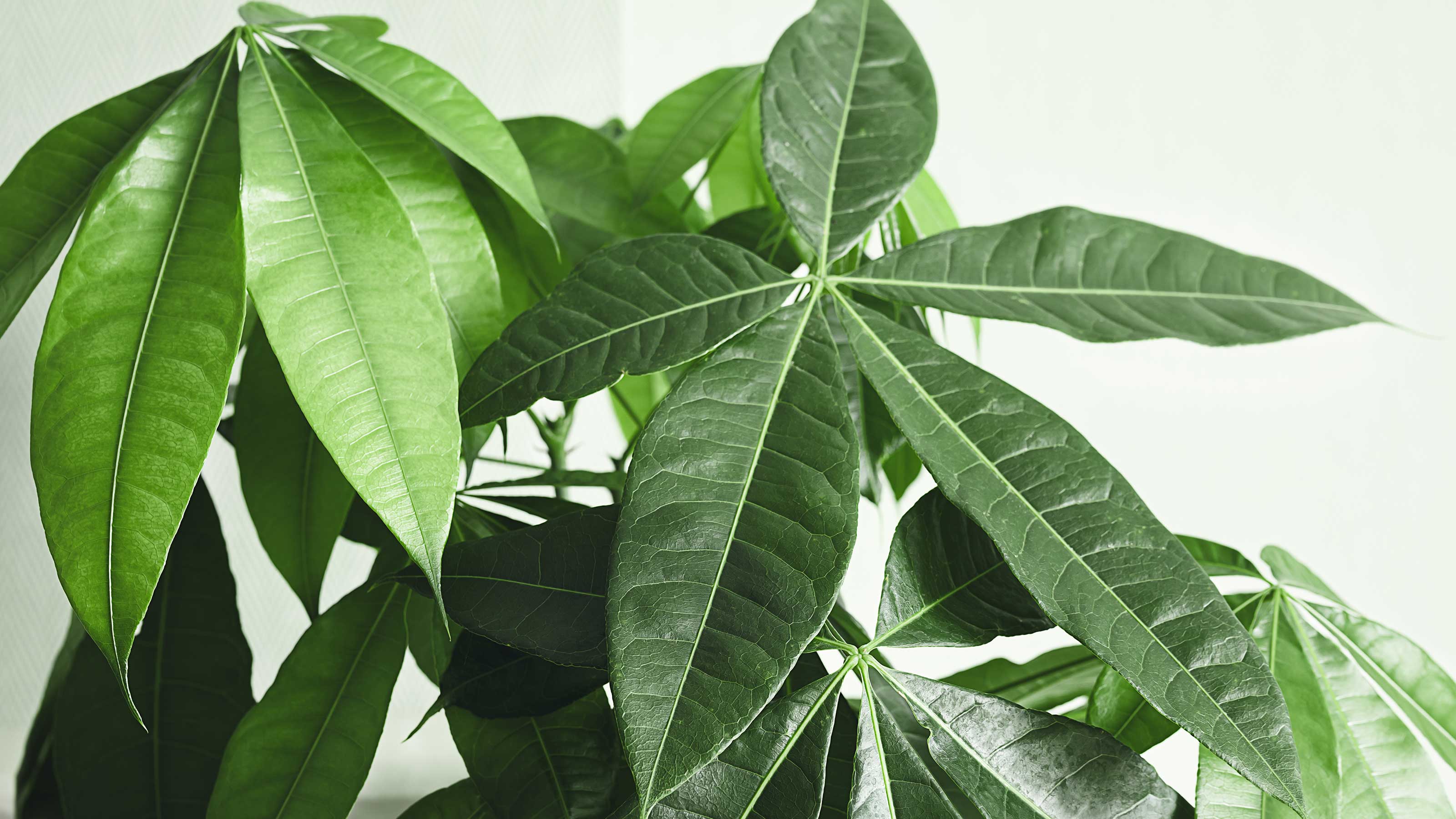 How to care for a money tree — 7 tips for thriving indoor plants
How to care for a money tree — 7 tips for thriving indoor plantsThe experts share top advice on how to care for a money tree, including practical tips for watering, soil type, and pest control
By Holly Crossley Published